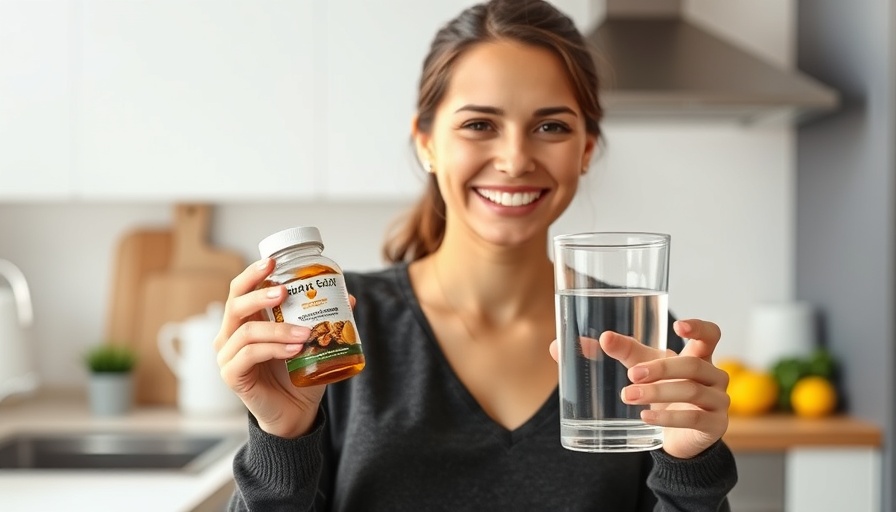
Is Cinnamon Good or Bad for Your Health?
Cinnamon, known as the "spice of life," has been celebrated for its vibrant flavor and health benefits. From aiding digestion to possessing anti-inflammatory properties, this spice is a staple in many kitchens. However, recent research has opened up a new conversation about cinnamon supplements, specifically their impact on medication effectiveness. While enjoying cinnamon sprinkled on your oatmeal is generally safe, taking concentrated supplements can lead to unexpected consequences.
Unveiling the Risks of Cinnamon Supplements
A study published in Food Chemistry: Molecular Sciences has revealed that a compound called cinnamaldehyde, abundant in cinnamon, can interfere with drug metabolism. This disruption may reduce the effectiveness of medications or, conversely, heighten their side effects, particularly in individuals with chronic illnesses such as diabetes or hypertension. Principal scientist Shabana Khan advises anyone relying on medication to approach supplements with caution, urging discussions with healthcare providers before incorporating them into their routines.
The Nutritional Journey: Food vs. Supplements
The discussion about cinnamon begs a larger question: Is supplementing necessary, or can we achieve health goals via whole foods? Nutritional science increasingly champions a diet rich in whole foods over supplements for several reasons. Whole foods not only provide essential nutrients but also contribute to a balanced gut environment, a concept emerging in discussions around both physical and mental health.
How Supplements Might Affect Mental Health
For individuals grappling with mental health issues, the interaction of dietary supplements and medications can be especially crucial. Supplements that impact how one metabolizes psychiatric medications could instigate unwanted changes in mood and mental clarity. Thus, monitoring how dietary choices align with medication efficacy remains paramount for those navigating the ups and downs of mental health.
Fostering a Balanced Approach to Health
Given the prevalence of supplements in today's wellness culture, understanding the delicate balance of what we consume is imperative. Health enthusiasts should consider ditching the pills in favor of nourishing, whole food sources. For instance, harnessing the power of cinnamon within various culinary contexts – like a sprinkle in smoothies or a warming cup of spiced tea – offers a flavorful and healthy alternative that can complement well-being without the risks associated with concentrated supplements.
Your Path to Wellness: Insights for Healthy Living
Healthy living isn't solely about what you consume, but also about how you feel mentally and emotionally. By embracing a holistic view of nutrition, fitness, and wellness, individuals can foster a nurturing environment for their bodies and minds. Incorporate more whole foods, practice mindful eating, and creatively use spices like cinnamon without the unnecessary dangers of over-supplementation.
Empowering Yourself with Knowledge
In a world teeming with wellness tips, it's easy to get lost in the noise. However, sound practices return to the essence of health: balanced diets, understanding nutrient interactions, and open discussions with healthcare providers. Equip yourself with knowledge about what you consume – and how it fits into your unique body chemistry. Achieving a state of well-being is not just about choosing the right foods but acknowledging the interactions within.
Conclusion: Taking Charge of Your Health Journey
As we navigate the complexities of health supplements and their impacts, the lesson is clear: moderation and informed choices lead the way to healthier lifestyles. By prioritizing whole foods, engaging with health professionals, and remaining aware of how supplements like cinnamon may affect medications, we can cultivate not just our physical wellness, but our mental and emotional well-being. Before making any changes to your health regimen, take the time to learn and talk to a trusted healthcare provider.
 Add Row
Add Row  Add
Add 




Write A Comment